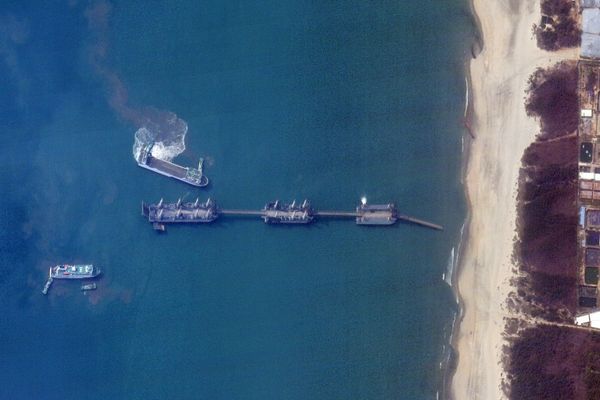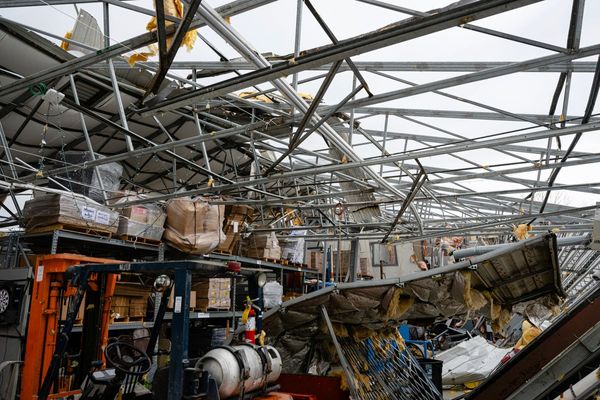
You always know you are about to see something interesting when the driver of your vehicle removes his shoes and firmly grasps the foot pedals with a powerful set of calloused toes. I was new to Yemen and had no idea what to expect. All I could see was that we were on a stony mountain plateau rushing towards a cliff edge in a Toyota pickup truck that no one had remembered to service and MOT.
The twin parallel tyre marks on the dusty mountain top took a sharp left and the horizon fell away into a hazy, bluish void. Our descent had begun: a bone-jarring series of lurches and crashes.
We stopped to do a three-point turn around a vertiginous hairpin bend and I jumped out to admire the view. Then I got my first look at what is one of the world’s supreme human creations: the Yemeni terraces. Stacked from summit to valley bottom, curling around the contours, a staggering achievement of communal effort replicated throughout the mountain chain that runs from the Saudi border almost to the southern point of Arabia at Aden.
Each terrace wall is a testament to the stone-mason’s art, some of them standing as tall as a house to retain a couple of metres of soil. And that soil, carefully gathered and treasured for centuries, turns these steep slopes into fertile, productive land. Coffee grown here would have been served at London’s first coffee house in 1652, although at the time the true origin was so obscure it was known by the name of the Red Sea port where merchants bought it: Mokha.
Everywhere you see the intricate workmanship and the care taken to control and retain not only soil but water. Some stone cisterns are barely bigger than a bathtub, others are Olympic swimming pool-size with complex systems of access via steps and ledges.
In spring on one mountain, Jabal Sabir near the southern city of Ta’izz, I walked through shady groves of coffee, almond and khat trees, listening to the farmers hold conversations with friends who might be just 100 metres away on a terrace across the valley, but several hours walk apart. Those terrace walls act as graveyard too. When folk die the entire village turns out to carry them at dawn and insert the shrouded body behind a stone. Everyone’s last act is to push up the daisies, and the coffee beans.
Many terraces were already ancient when the 10th-century Arab scholar Abu Hasan al-Hamdani described them as a marvel of the world. The fact is the terraces are the product of generations of human dedication, right up to the present day. Some have fallen into disrepair, it’s true, but others continue, and with their management of soil and water, they remain a potent symbol of sustainability, environmental care, and good sense.
Read more of Kevin Rushby’s travels in his Substack, Backstory







